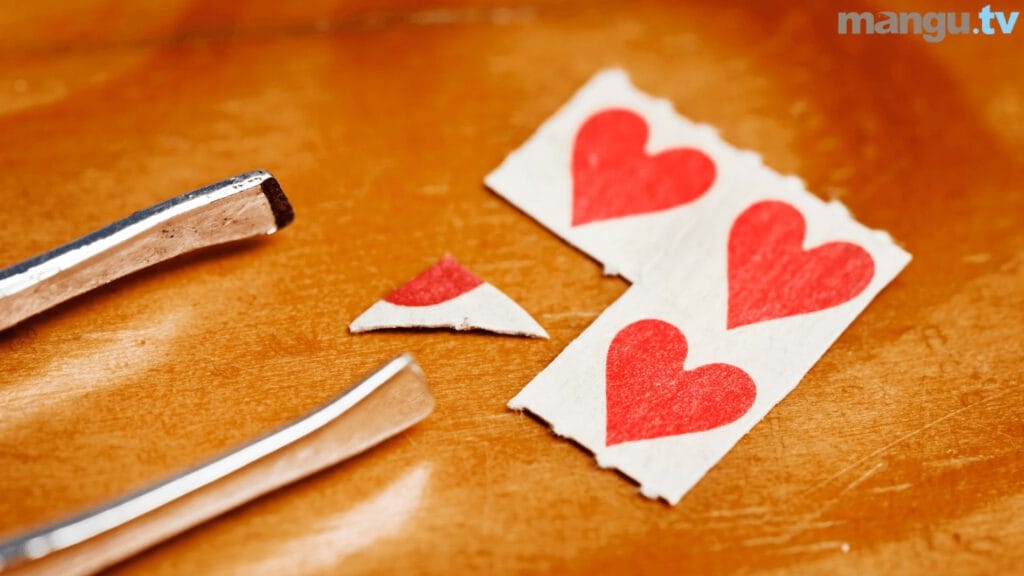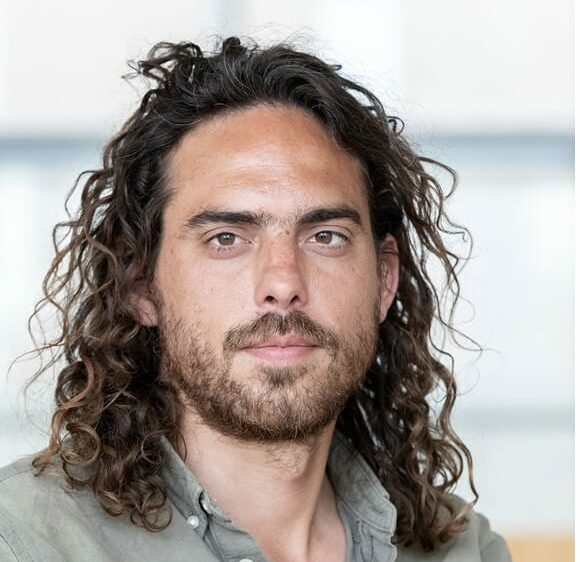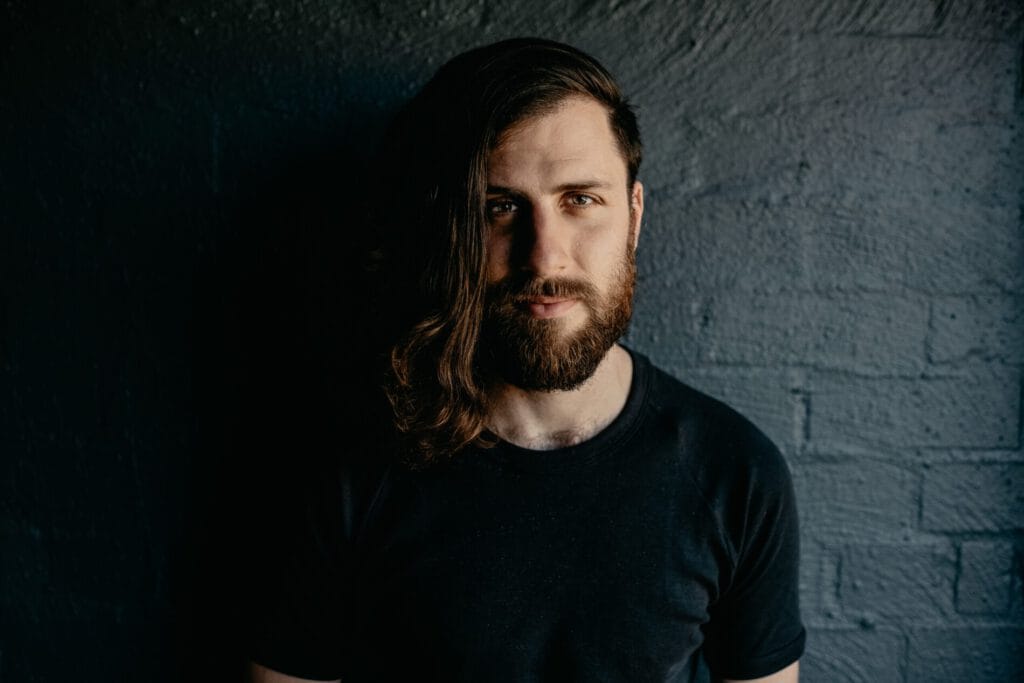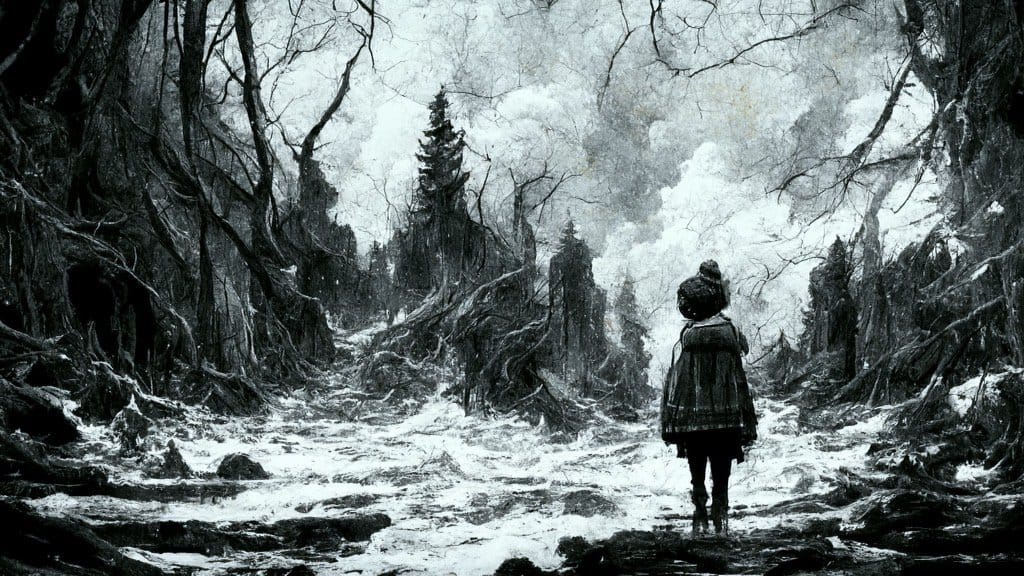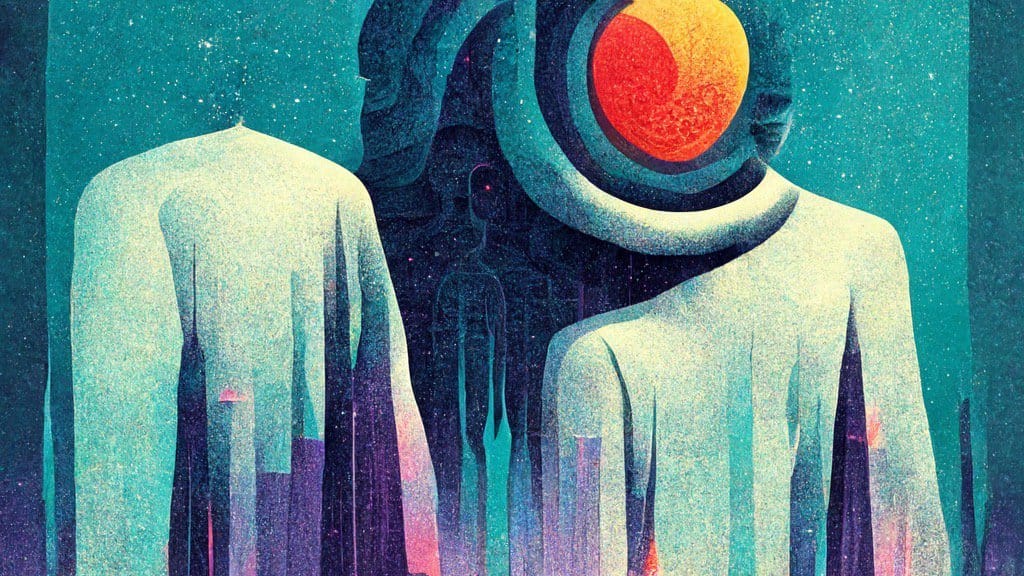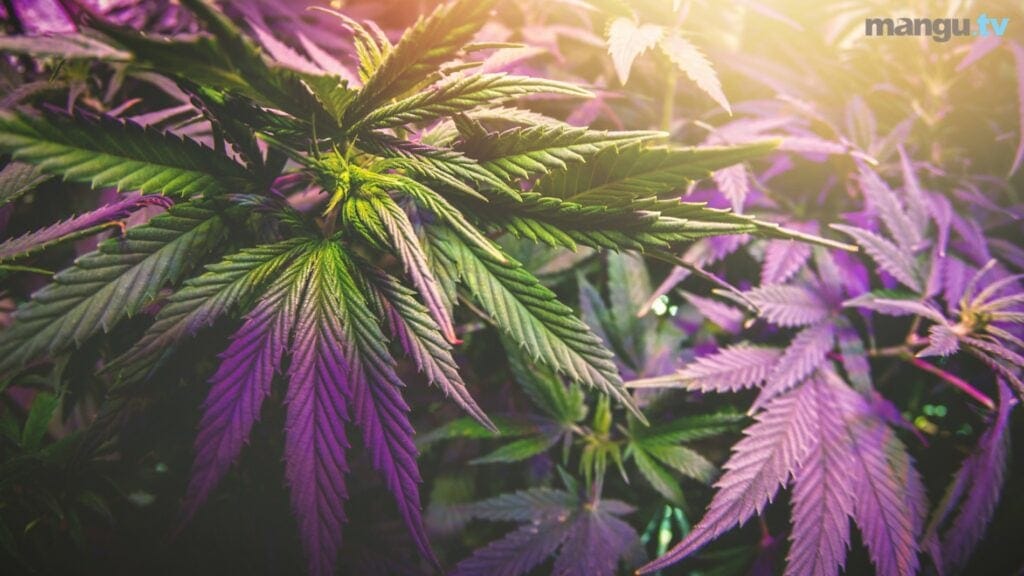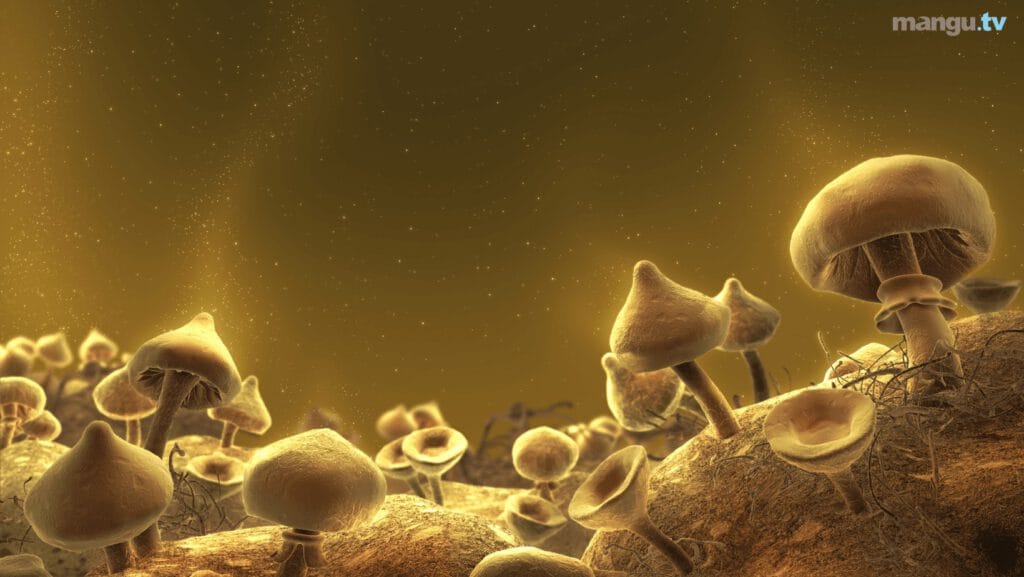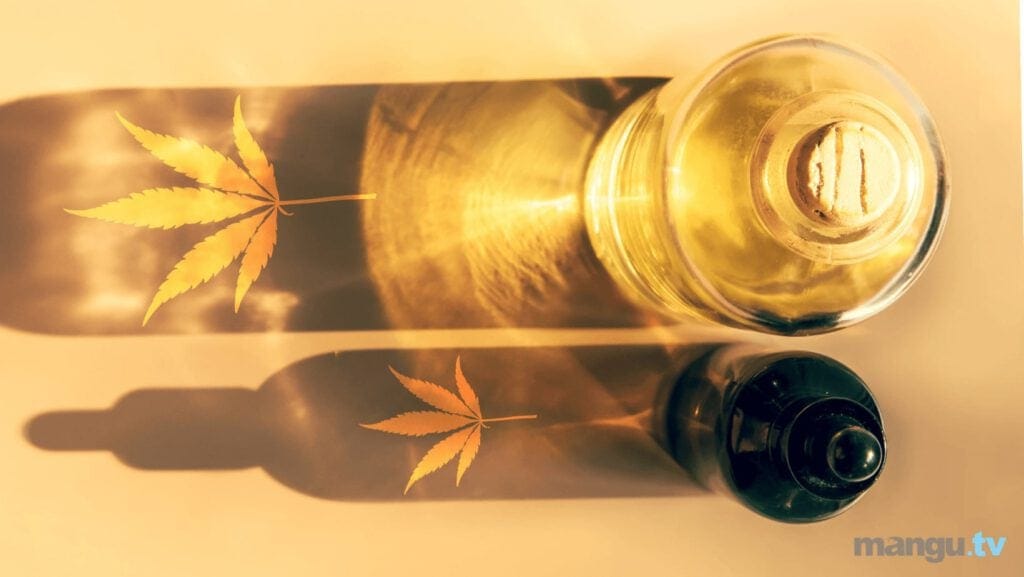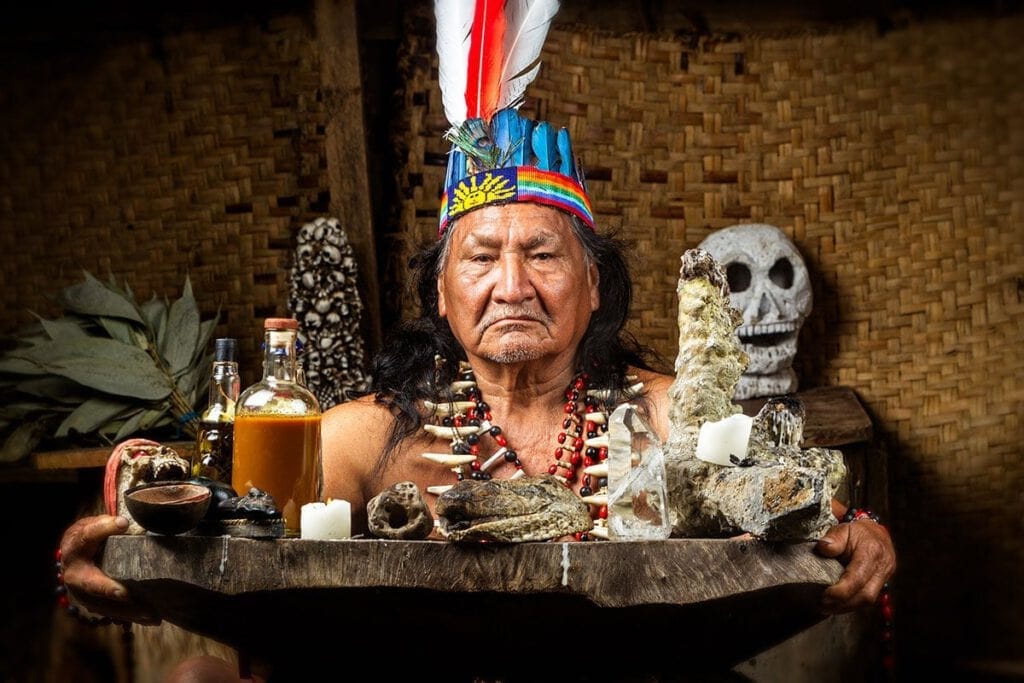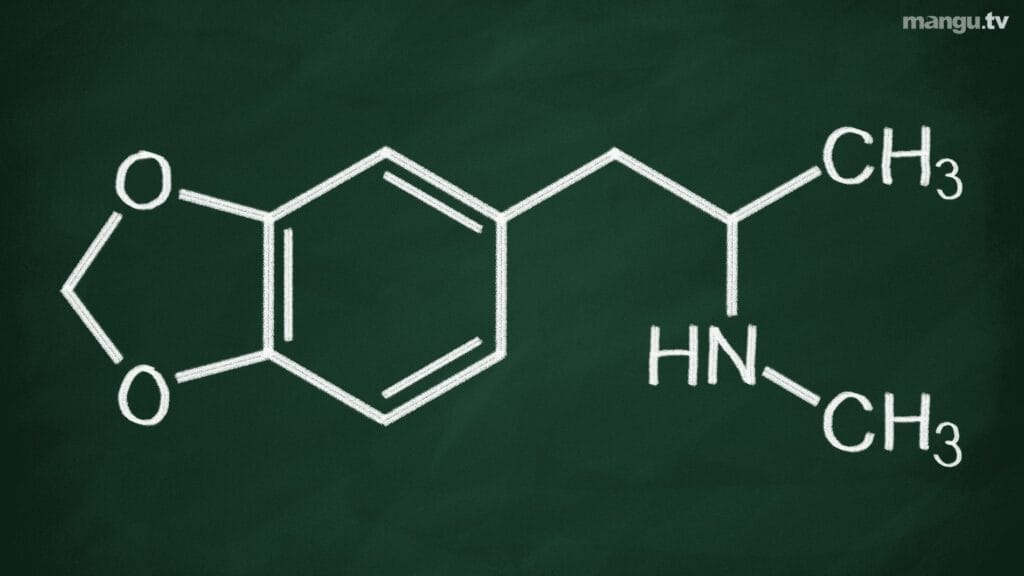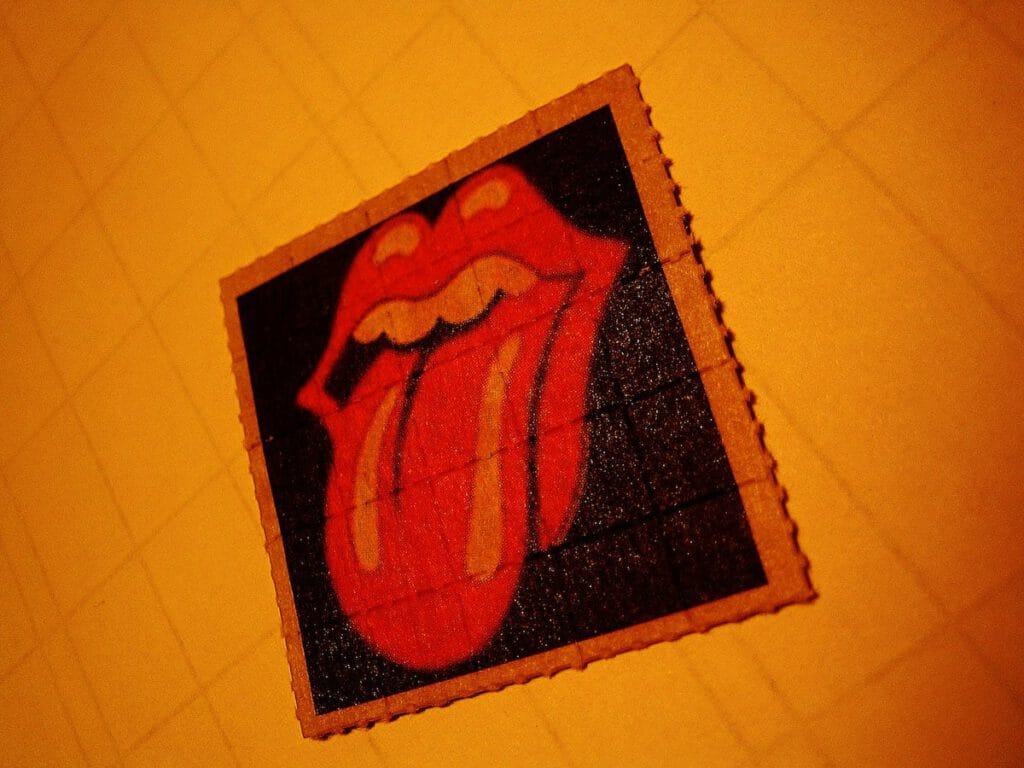Psychedelic therapy is the new hot topic on the block. It is a huge step forward for psychotherapy and the medical community, and a giant leap for mankind. The world is discovering the vast therapeutic benefits of psychedelics, making this a significant moment in history. However to truly understand this significance, we must first know the back story of psychedelics, particularly the history of LSD.
How Did We Get Here?
It is strange to think how much can change in the world within one lifetime. Some of us can firsthand remember the anti-drug campaigns of the 60s and movies like Reefer Madness. Many of the same people later in life got to witness decriminalization and legalization of drugs like cannabis and psilocybin. Today casually scrolling by advertisements for psychedelic therapies that utilize MDMA, psilocybin and even ketamine on Facebook is a reality . It may be hard to imagine that we could come this far in eighty years. However, for some of us, progress didn’t come soon enough.
For thousands of years indigenous societies around the world have used psychedelic plants as religious sacraments. Their use has influenced the spiritual beliefs of many cultures and altered the course of entire religions. They are still in wide use today in religious ceremonies throughout the world. A Christian sect called Santo Daime uses Ayahuasca as its primary sacrament to worship Jesus. Native American Church members keep their traditions alive by gathering to pray with peyote in the teepee. These groups are proof that psychedelic plants are and have always been a bridge to spiritual communion.
The Original Trip
When we think about psychedelics in the western world, we likely think of Albert Hoffman, otherwise known as the father of LSD. He not only synthesized the compound but stumbled upon the first LSD experience known to man. April 19, 1943 would become known as Bicycle Day. That day he accidentaly ingested LSD in the lab through his skin. His first trip was truly strange yet fascinating, and what he regarded as a very profound experience. He tried it again, this time intentionally. He documented his impressions, eagerly shared the findings with his colleagues, and paved the way for LSD to enter the world’s stage.
When reflecting about the history of LSD, we likely first come to think of the turbulent upheaval of the 60s. But that’s not quite the whole story . What came before was about two decades of various LSD experiments. They involved the government, universities, pharmaceutical companies, medical facilities, and many unofficial case studies. During this time, LSD became increasingly popular and slowly made its way to the public for recreational use.
Therapeutic Promise of LSD
In the 1950s, medical professionals were already utilizing LSD and other psychedelics for a number of applications in psychotherapy. What fascinated psychiatrists was how the effects of psychedelics resembled various states of psychosis. They thought that if they could use psychedelics to induce and simulate psychotic episodes, this could be a breakthrough in understanding mental illnesses. Furthermore patients under the influence of LSD exhibited an extraordinary ability to recall distant memories and revisit past experiences with great clarity, which warranted further study.

A well known psychotherapist named Stanislav Grof conducted many sessions using both LSD, and DMT. He said that “LSD is a catalyst and an amplifier of mental processes. If properly used it had the potential to become the microscope and telescope of psychiatry”. It is important to note that at this time, LSD, DMT or Psilocybin were not yet illegal in the United States. https://mangu.tv/film/the-way-of-the-psychonaut/
LSD Goes Public
Dr .Timothy Leary and Dr. Richard Alpert were psychologists with quite a knack for public relations. They did a great job at popularizing LSD and psychedelic use in their time. This dynamic duo administered these substances to their students and conducted their own LSD experiments at Harvard University in the early 1960s. These studies were met with severe scientific criticism and scrutiny from their academic peers, due to being conducted while the experimenters were also tripping. Both men were dismissed from Harvard, and went on to become cultural symbols of the psychedelic drug and hippie counterculture. Leary is known for his famous phrase “Tune In, Turn On, Drop Out” which became the anthem for rebellion youth, rebelling against being drafted into the Vietnam War. Alpert, who later became known as Ram Das went on to become a spiritual teacher and author. These two characters played a significant and irreplaecable role in the history of LSD, the 60s and the youth culture of this time. https://mangu.tv/fim/dying-to-know/
Let’s Gets Political
Things escalated very quickly and the recreational use of LSD became highly stigmatized. It became a symbol of social upheaval and political dissent. The government halted all scientific research, supposedly to evaluate for medical safety and efficacy. Many believed it was a direct effort to marginalize both youth and hippies. In fact, a study conducted that evaluated the validity of LSD’s Schedule I placement found a lack of evidence to justify such measures. In conclusion, it was clear that the criminalization of LSD was a discriminatory act rather than a measure for medical or public safety. (LSD and The Hippies: A Focused Analysis of Criminalization and Persecution in The Sixties, PIT Journal, 2018).
LSD Goes to War (on the Side of Drugs)
What followed on the coat-tails of the prohibitive stance on legitimate scientific research were government funded anti-drug campaigns fuelled by fear-mongering propaganda. Nixon’s infamous “War on Drugs” was declared in 1971, which increased both size and presence of drug control agencies, as well as mandatory sentencing and no-knock warrants. It was only furthered by Reagan and his wife Nancy, who coined the famous slogan “Just Say No”to drugs . This all culminated in what can only be called an anti-drug political hysteria that led to some draconian legislature and severe penalties for use and possession of illegal substances.

Many don’t believe that psychedelics should belong to Drug Schedule I, along with narcotics like opiates. Regardless, that’s where the government placed them way back then and that’s where they continue to live today. They routinely arrested people and jailed them for possessing as little as a single blotter of acid. In many places this continues today. Nixon and Reagan made sure that it was decades before we could legally revisit research on psychedelics. This particular chapter of the history of LSD continues to haunt us; reminding us how far we have come, and just how much further we have yet to go.
History of LSD is History – What’s Happening Now?
Today in 2021, eighty-one years later, we are seeing things come nearly full circle. For those of us who are here today, we can indeed consider ourselves fortunate to witness new discoveries in psychedelic therapy. The social narrative is changing. We can observe a large shift in public opinion, shifting toward favoring sensible reforms in health and therapeutics, while reducing the role of criminalization in drug policy. Today, we dare to dream about a new future, one where policy can be shaped by compassion and science, rather than a political agenda. We dare to dream.
Resources
76th Anniversary of Albert Hofmann’s first intentional LSD experience – Bicycle day
LSD Experiments by the US Army
LSD: A New Treatment Emerging From The Past
The Way of The Psychonaut – Watch it on mangu.tv
Dying to Know – Watch it on mangu.tv
